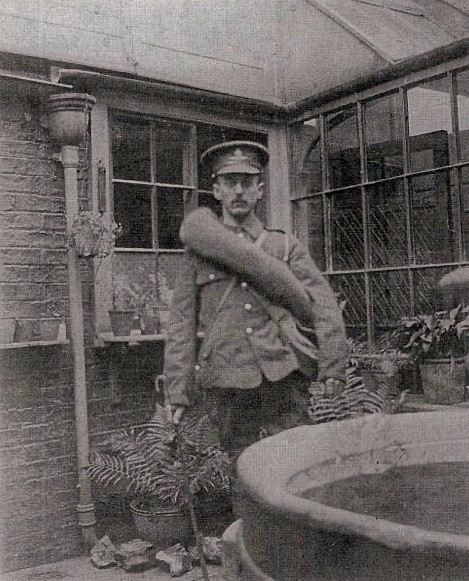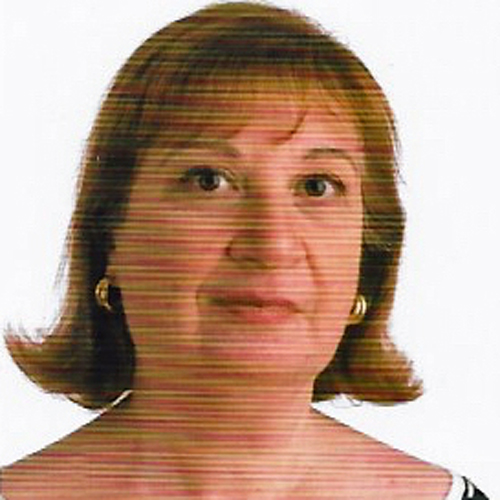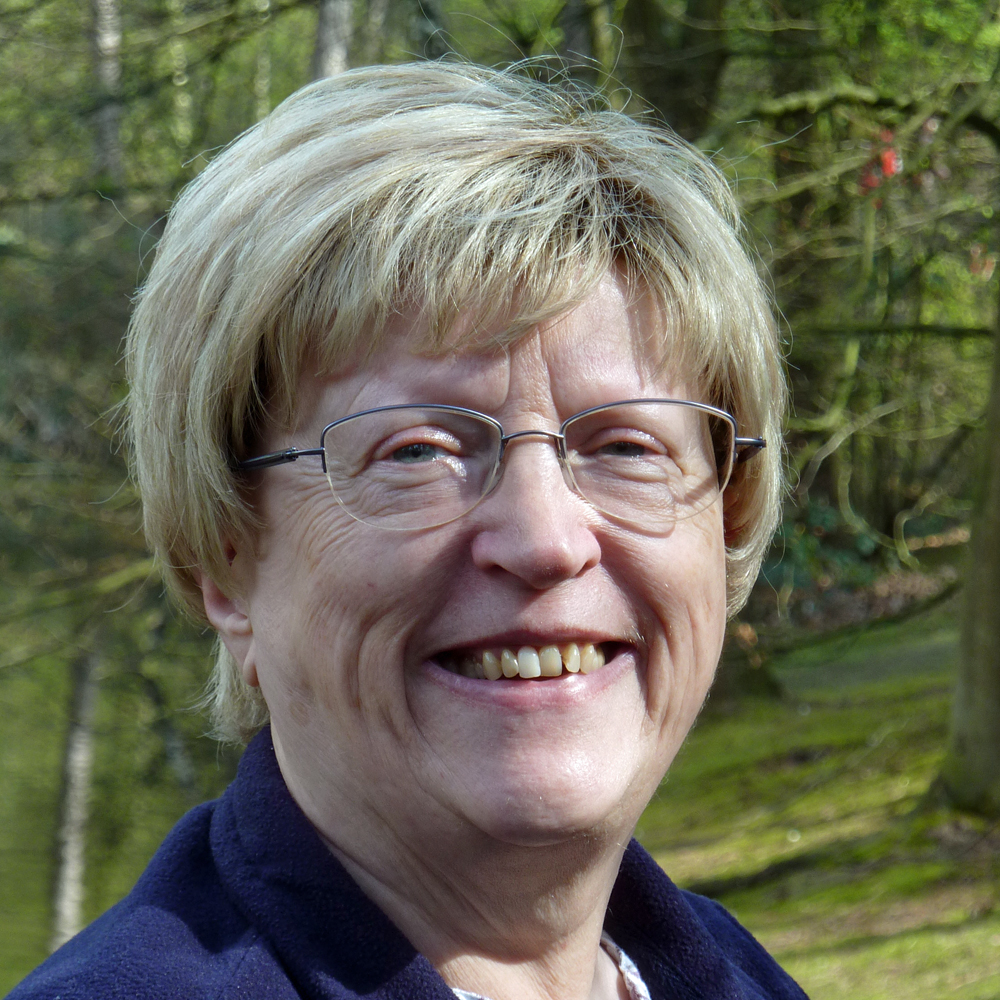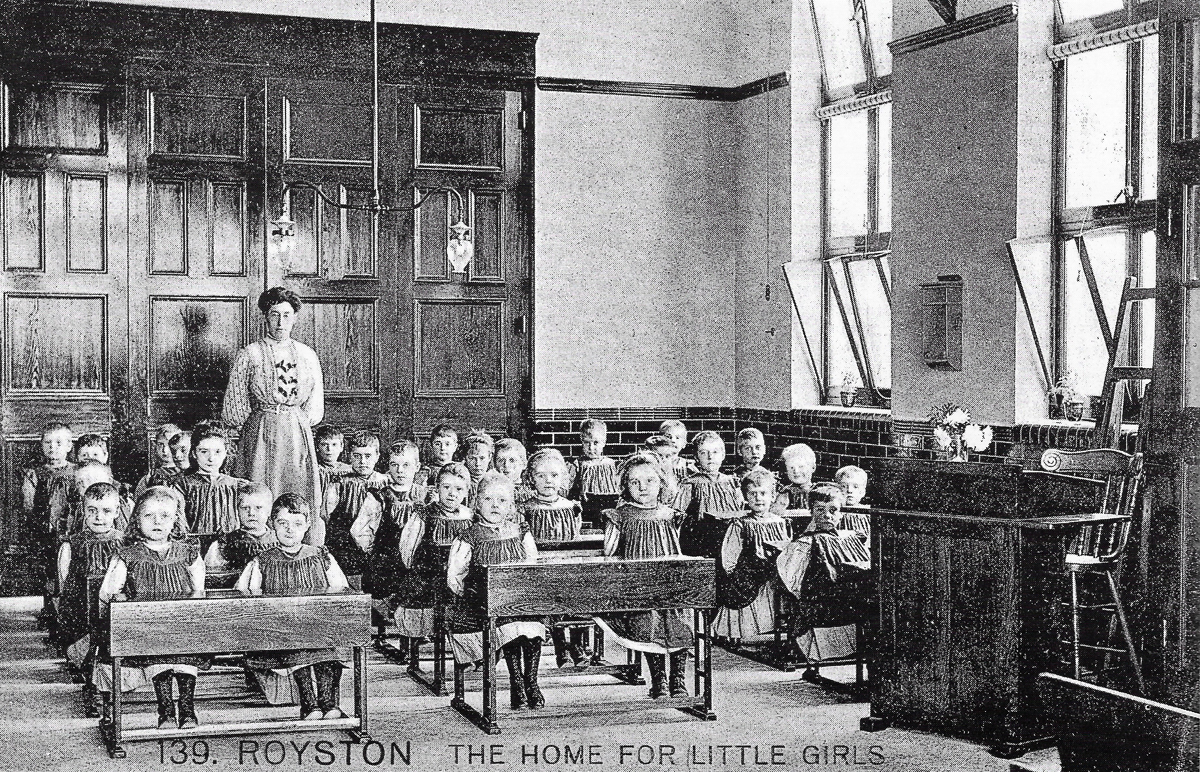The What Royston Did Project
The What Royston Did project explores how a small market town on the borders of Hertfordshire and Cambridgeshire, together with its surrounding villages, was affected by the culture and events of the past.
It aims to provide the residents of the town, and those from further afield, with information about the daily lives of its residents and how they have been affected by local and national events.
19 Days to Zillebeke

The search for Frank Pulley
The project team has undertaken research into the days which lead up to the death of Private Frank Pulley on 19th November 1914. He was buried at the Zillebeke village churchyard and eye-witnesses have attested to its location. Military action in the later years of the war destroyed his grave so there is no gravestone marking where he was buried.
Originally, we had hoped to use the evidence to petition the Commonwealth War Graves Commission to erect a memorial stone near the side wall of the cemetery, next to two others who are already known to have been buried there, but whose graves were similarly lost.
You can find the story and the evidence we gathered for submission to the CWGC by following this link.
About the Project
How it started
How it started
The project started in 2014 to explore how Royston formed the hub of activities both within the town and in its surrounding villages in Hertfordshire and Cambridgeshire.
As this coinsided with the centenary of the outbreak of the Great War in 1914 it seemed appropriate that the first efforts should concentrate on the impact that this conflict had on the town and its population.
The aim was to provide an insight into the way that this major event affected the lives of those who were sent to the front line to fight and those who remained at home hoping their friends and loved ones were safe and would return home.
Displays and exhibitions
Displays and exhibitions
We want the research carried out to reach the local community and so a series of large scale exhibitions and smaller displays have been organised thoughout the life of the project, each representing a facet of the war to coincide with its anniversary.
Publications
Publications
The members of the project team have published a number of books, initially focusing on the effects of World War I on the town and its people. These illustrate the lives of the men at the front line and the biographies of the men listed on the town’s War Memorial from both World Wars.
Meet the project team

Yolanda Hayes
Research

Pamela Wright
Research


